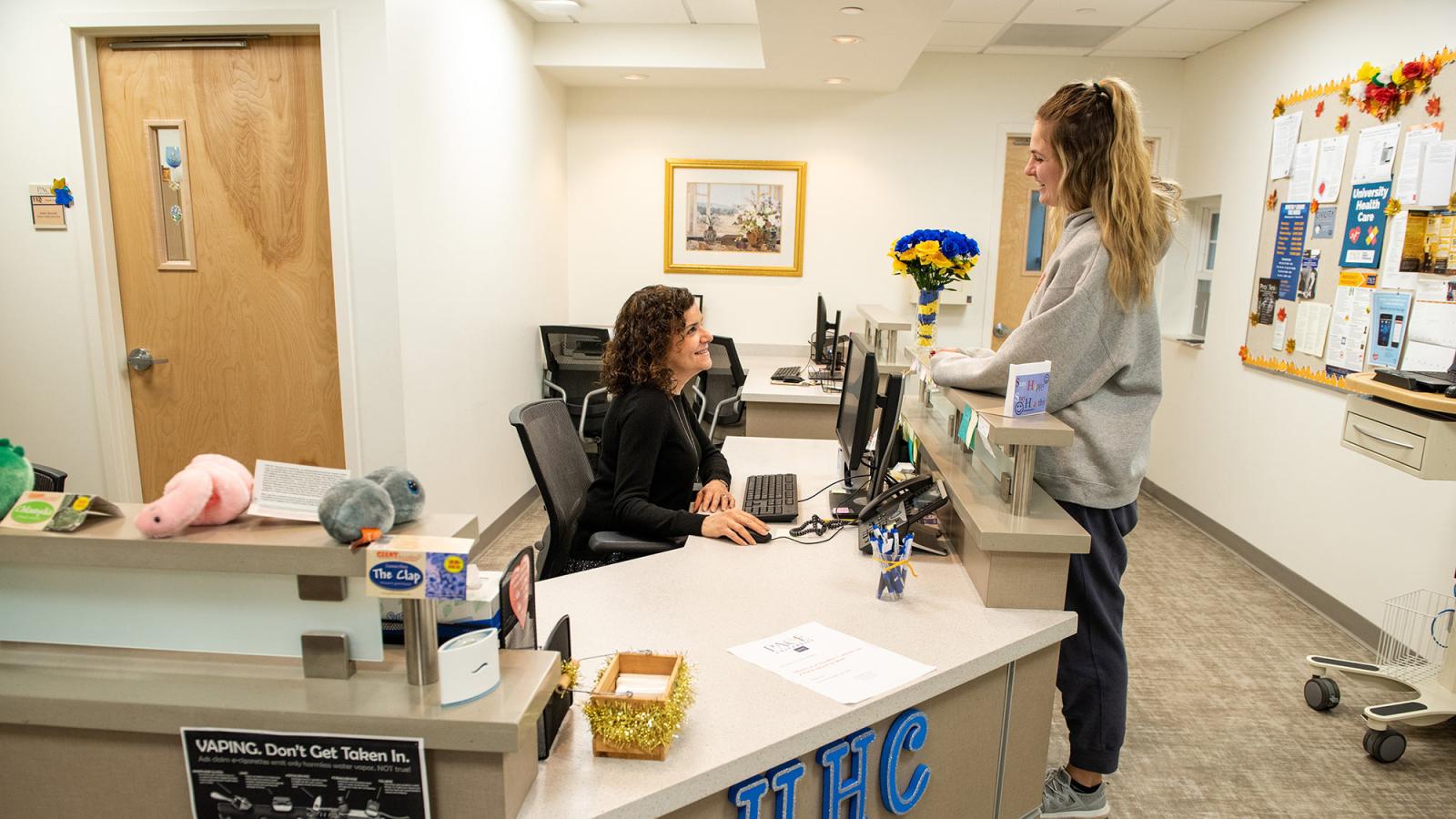Page updated: March 2024
Pace University’s on-campus COVID-19 guidance
PLEASE NOTE: We are continuing the process of updating this webpage to be consistent with CDC information. CDC recently transitioned COVID-19 guidance to more expansive Respiratory Virus Guidance. They share practical recommendations and information to help people lower risk from a range of common respiratory viral illnesses, including COVID-19, flu, and RSV. More information and CDC resources can be found at:
- Respiratory Virus Guidance
- Preventing Respiratory Viruses
- Updated Guidance on What to Do When You Are Sick
Pace University follows a framework for public health decision-making that follows the Centers for Disease Control (CDC) guidance. As we transition into the recovery phase of the global response Pace University will continue to update COVID-19 and other respiratory virus information on the University Health website.
Vaccinations and Boosters
Pace University strongly recommends getting up-to-date vaccinations against COVID-19, especially for those with conditions that place them at higher risk. Use this vaccine finder to find a location near you.
Masks
Pace University remains a mask-friendly community where mask use is always encouraged and supported. You may choose to wear a face mask, but they are not required outside of sick-visits to healthcare settings. Individuals with upper respiratory symptoms should continue to mask.
Community members are encouraged to follow CDC’s guidance on Masks and Respiratory Virus Prevention.
COVID-19 Testing
Testing for respiratory viruses can help you decide what to do next, like getting treatment to reduce your risk of severe illness and taking steps to lower your chances of spreading a virus to others. There are various types of tests for respiratory virus infections - Antigen tests (“self-tests” or “rapid tests”) and PCR tests (conducted by a healthcare provider). CDC has additional information on testing as a strategy to further protect yourself and others. Rapid antigen tests are currently available at the security desks, and additional testing can be conducted through University Healthcare.
If You are Sick with Respiratory Virus Symptoms
CDC released updated Respiratory Virus Guidance in response to the decreasing risk that COVID-19 poses to the population. This updated Guidance includes strategies to protect people at highest risk of getting seriously ill and provides actionable recommendations for people with common viral respiratory illnesses, including COVID-19, flu, and RSV.
Protect Yourself from Getting Sick
The most important thing you can do to protect yourself from COVID-19, flu, and RSV is to stay up to date on your recommended vaccines. Even when vaccines don’t prevent infection, they often tame these viruses, reducing severity and preventing their worst outcomes, like hospitalization and death. Along with staying up-to-date on your vaccines, practicing good hygiene by covering your coughs and sneezes, washing or sanitizing your hands often, and cleaning frequently touched surfaces can help. Also, taking steps for cleaner air can help reduce the spread of respiratory viruses. This can mean bringing in fresh outside air by opening a window, purifying indoor air, or having outdoor social activities.
If You Get Sick
Even if you practice these core prevention strategies, you may still catch a virus and develop respiratory symptoms. If that happens, the updated Guidance recommends two actions:
- Step 1: Stay at home. As much as possible, you should stay home and away from others until at least 24 hours after both:
- Your symptoms are getting better overall, and
- You have not had a fever (and are not using fever-reducing medication).
This advice is similar to what has been recommended for flu for decades and will help reduce the spread of COVID-19 and other respiratory viruses during the most contagious period after infection. Not all respiratory virus infections result in a fever, so paying attention to other symptoms (cough, muscle aches, etc.) is important as you determine when you are well enough to leave home. If your symptoms are getting better, and stay better for 24 hours, you are less likely to pass your infection to others and you can start getting back to your daily routine and move on to step 2.
- Step 2: Resume normal activities and use added prevention strategies over the next five days, such as taking more steps for cleaner air, enhancing your hygiene practices, wearing a well-fitting mask, keeping a distance from others, and/or getting tested for respiratory viruses. People can choose to use these prevention strategies at any time. Since some people remain contagious beyond the “stay-at-home” period, taking added precautions can lower the chance of spreading respiratory viruses to others.
People who are at higher risk for severe illness who start to feel sick should seek health care right away so that they can access testing and/or treatment. Early treatment for COVID-19 or flu may prevent severe disease in people at higher risk, even if they are up to date with their vaccines.
Members of the Pace Community who test positive should report their positive test results using this form or on the PaceSafe app (COVID-19 Resources are in the Safety Toolbox section). For questions regarding health, safety, and reporting, send an email to CovidCoordinator@pace.edu.
